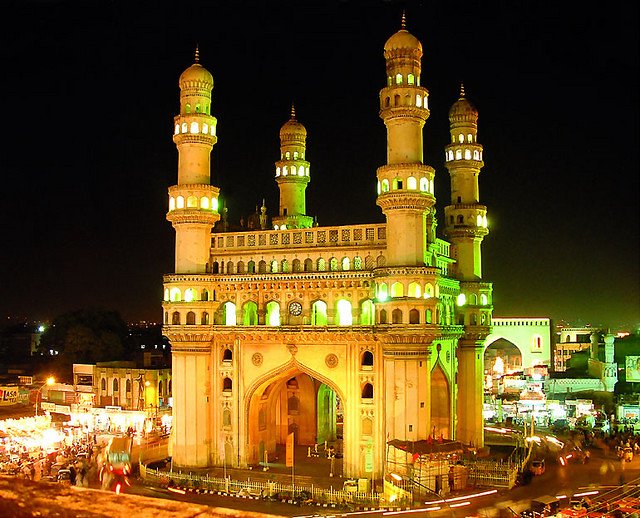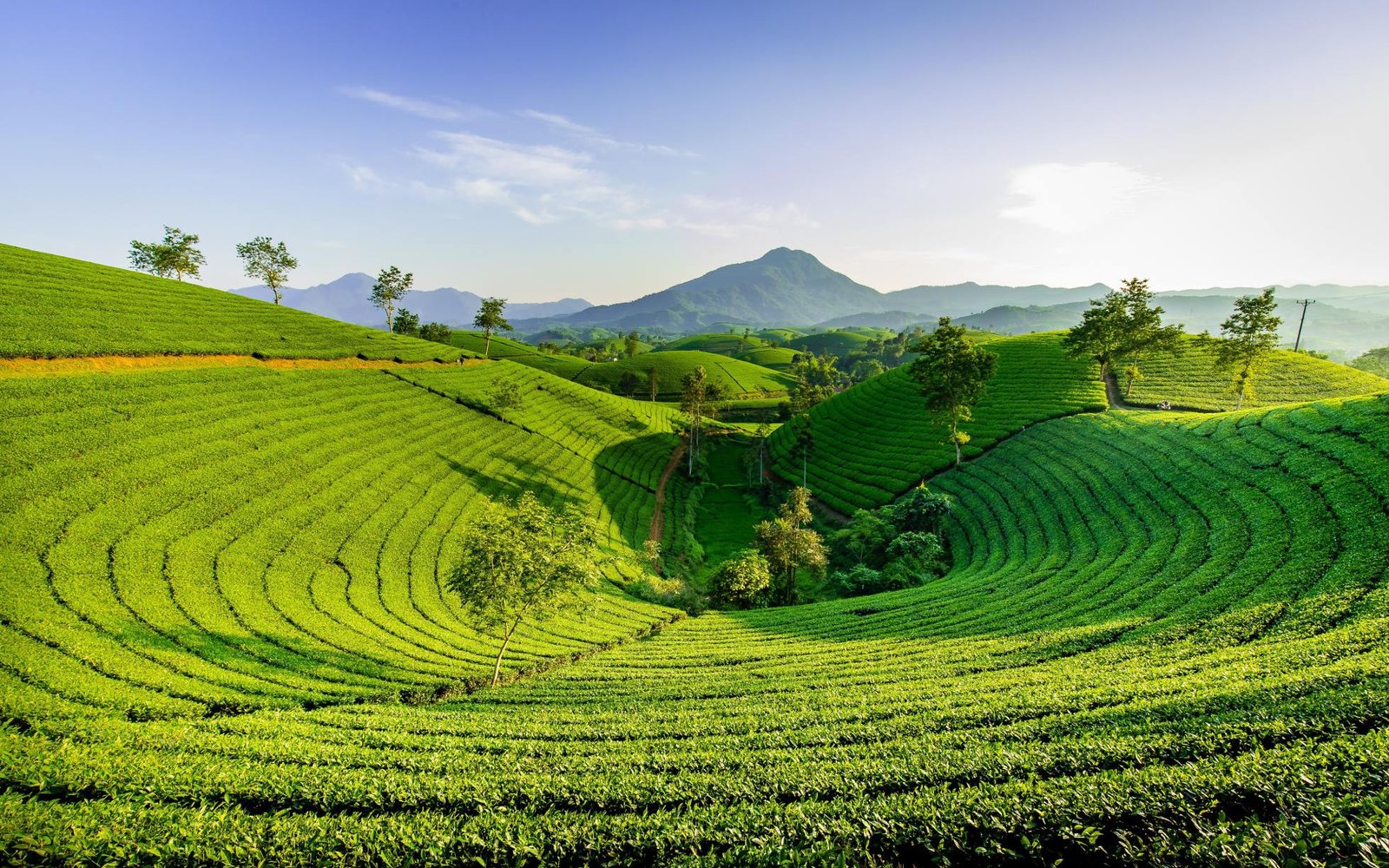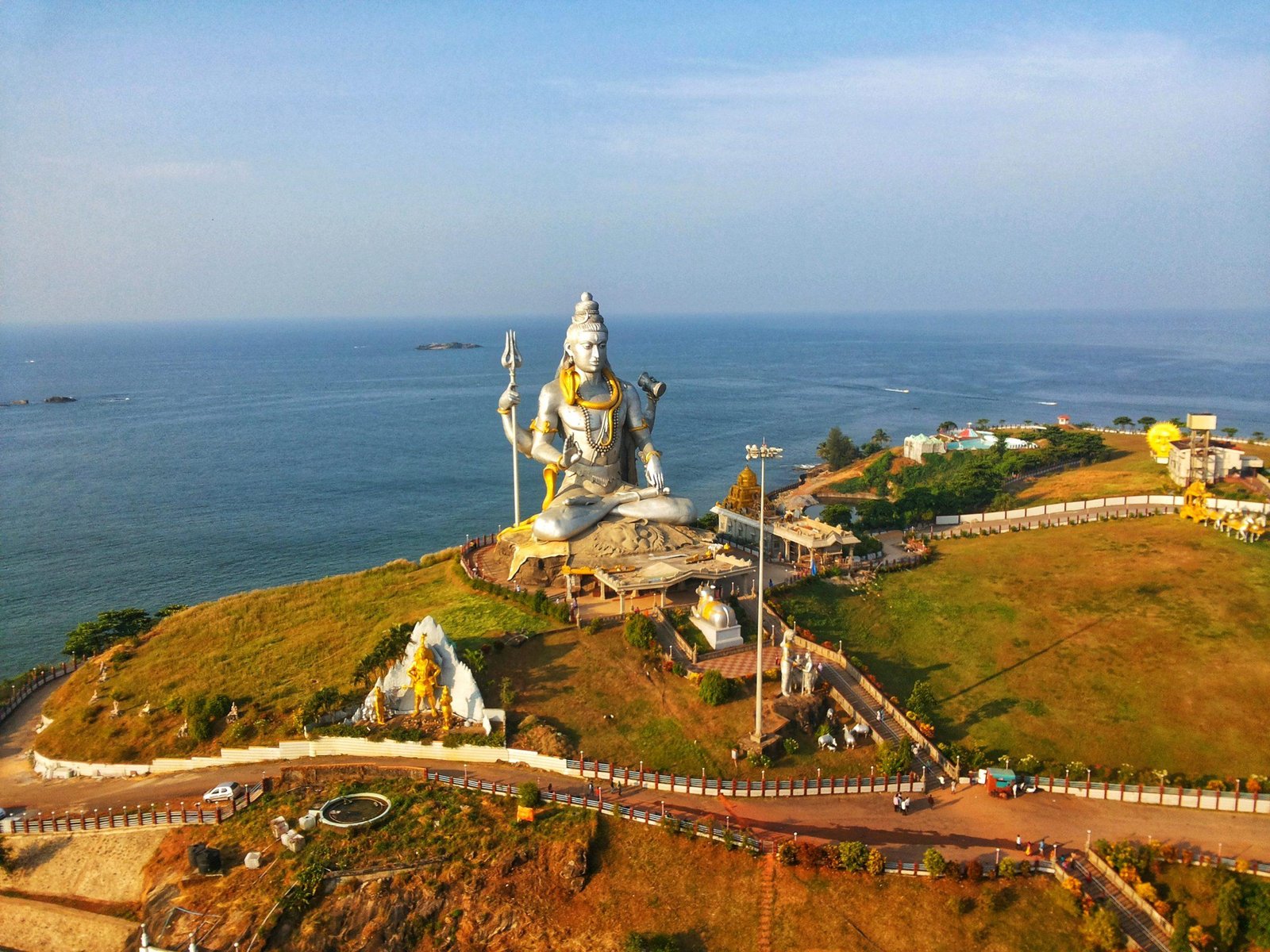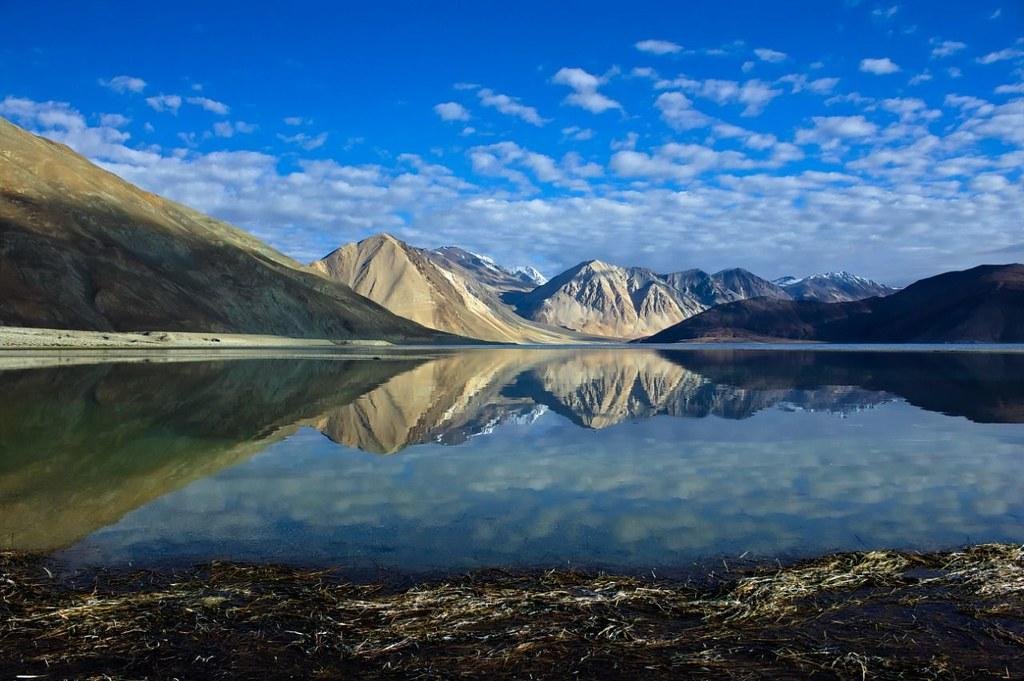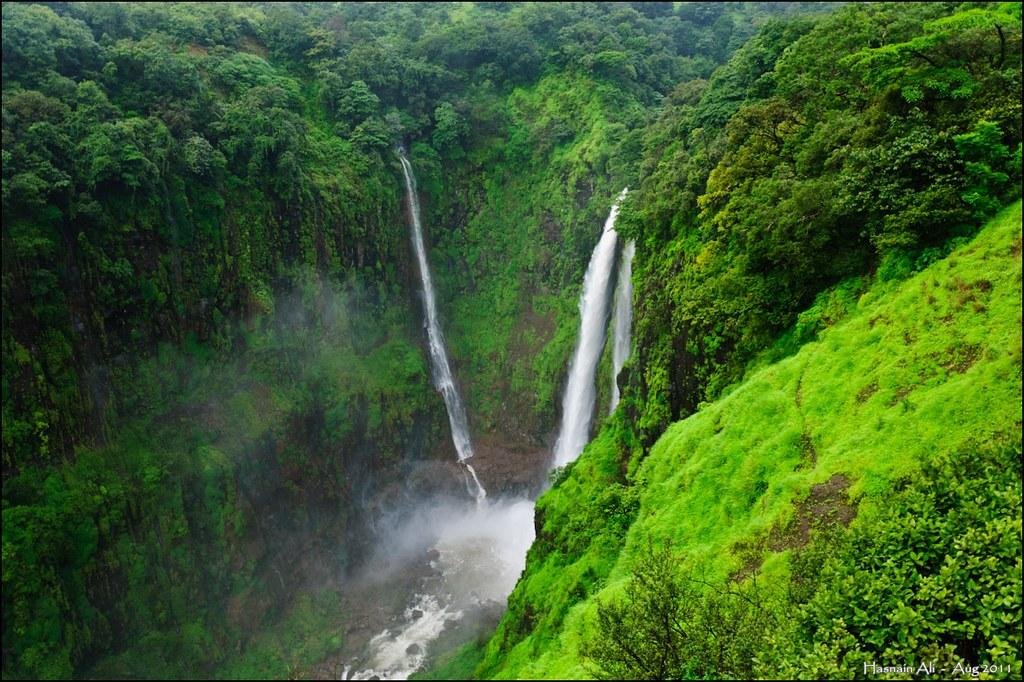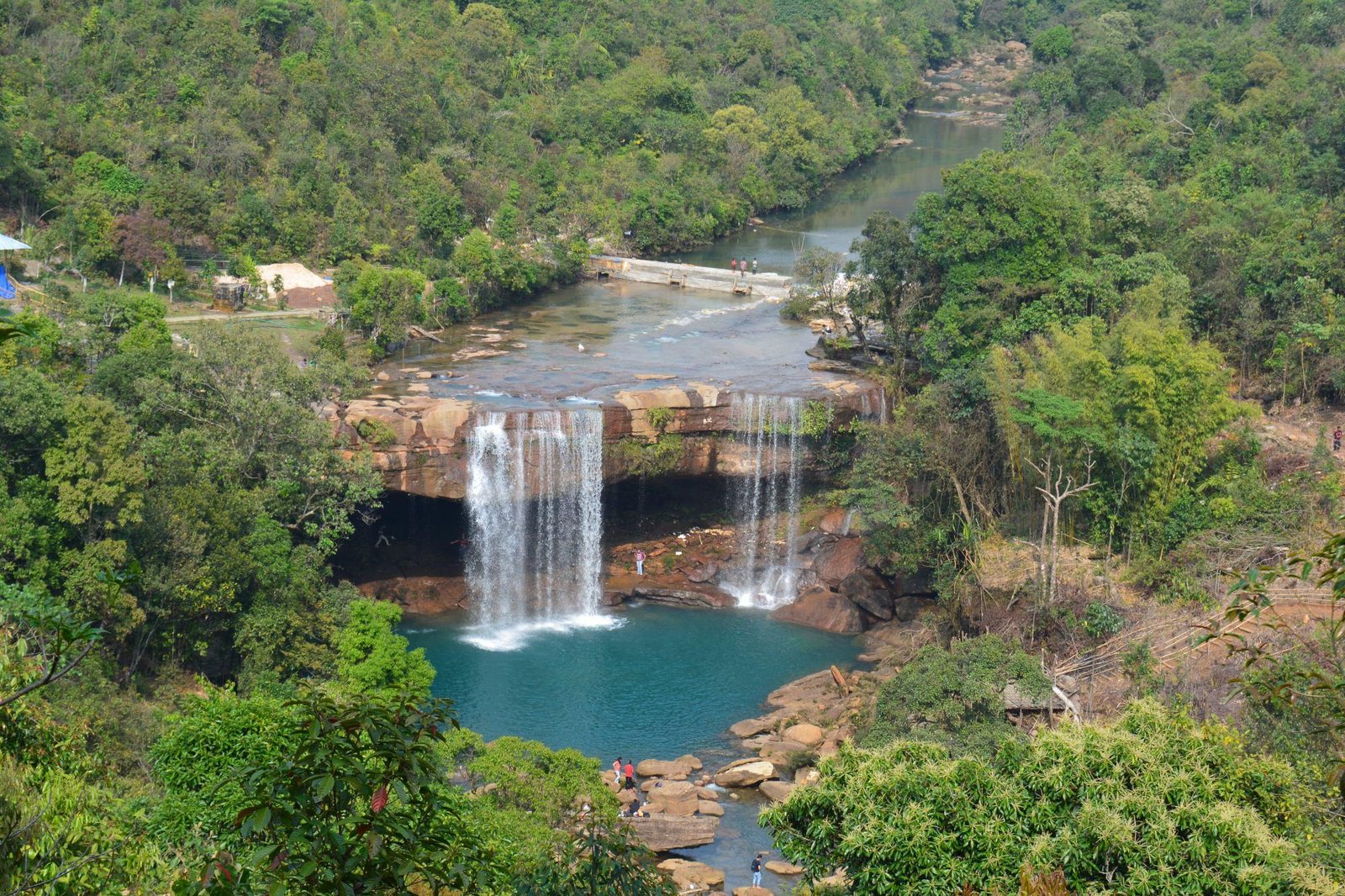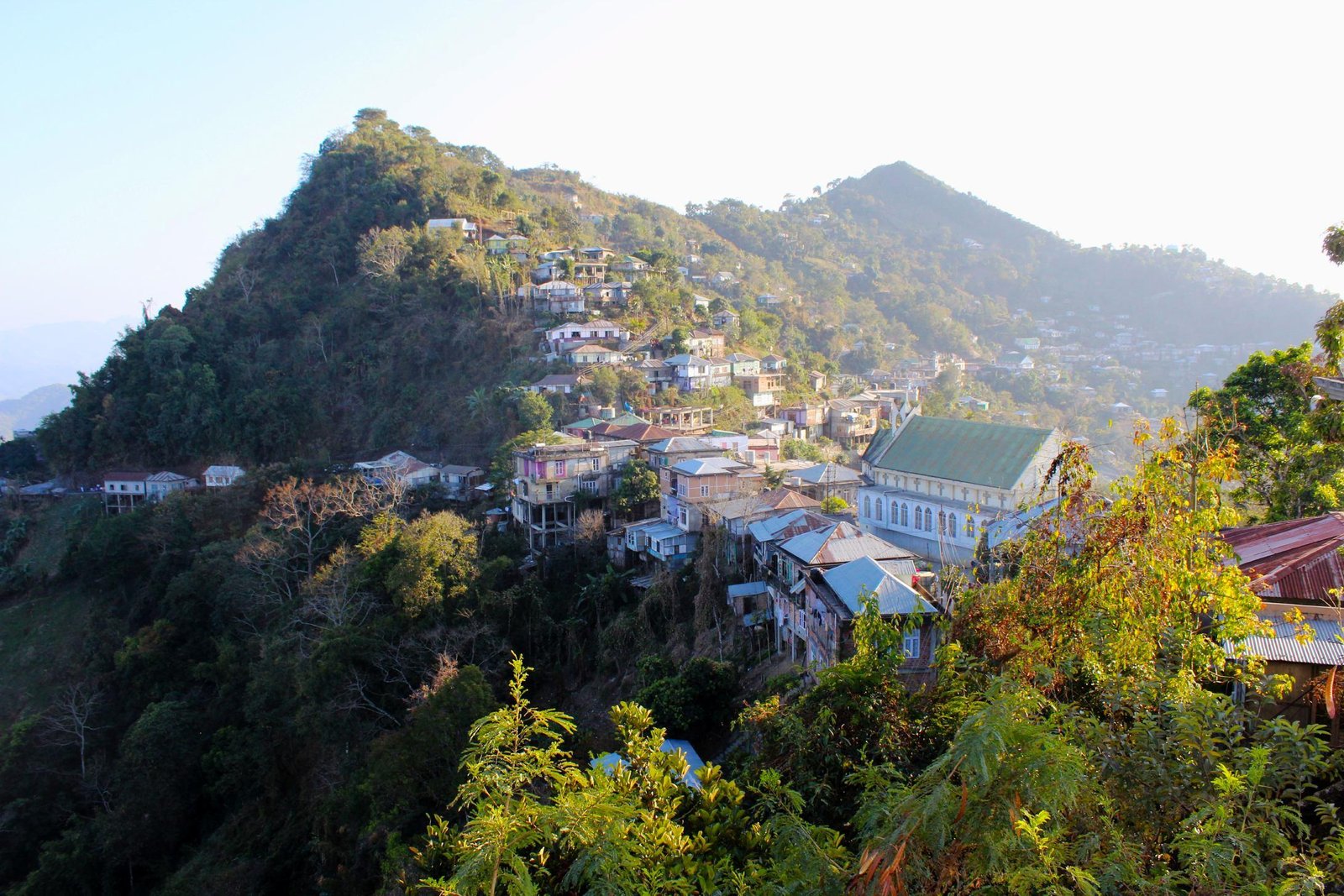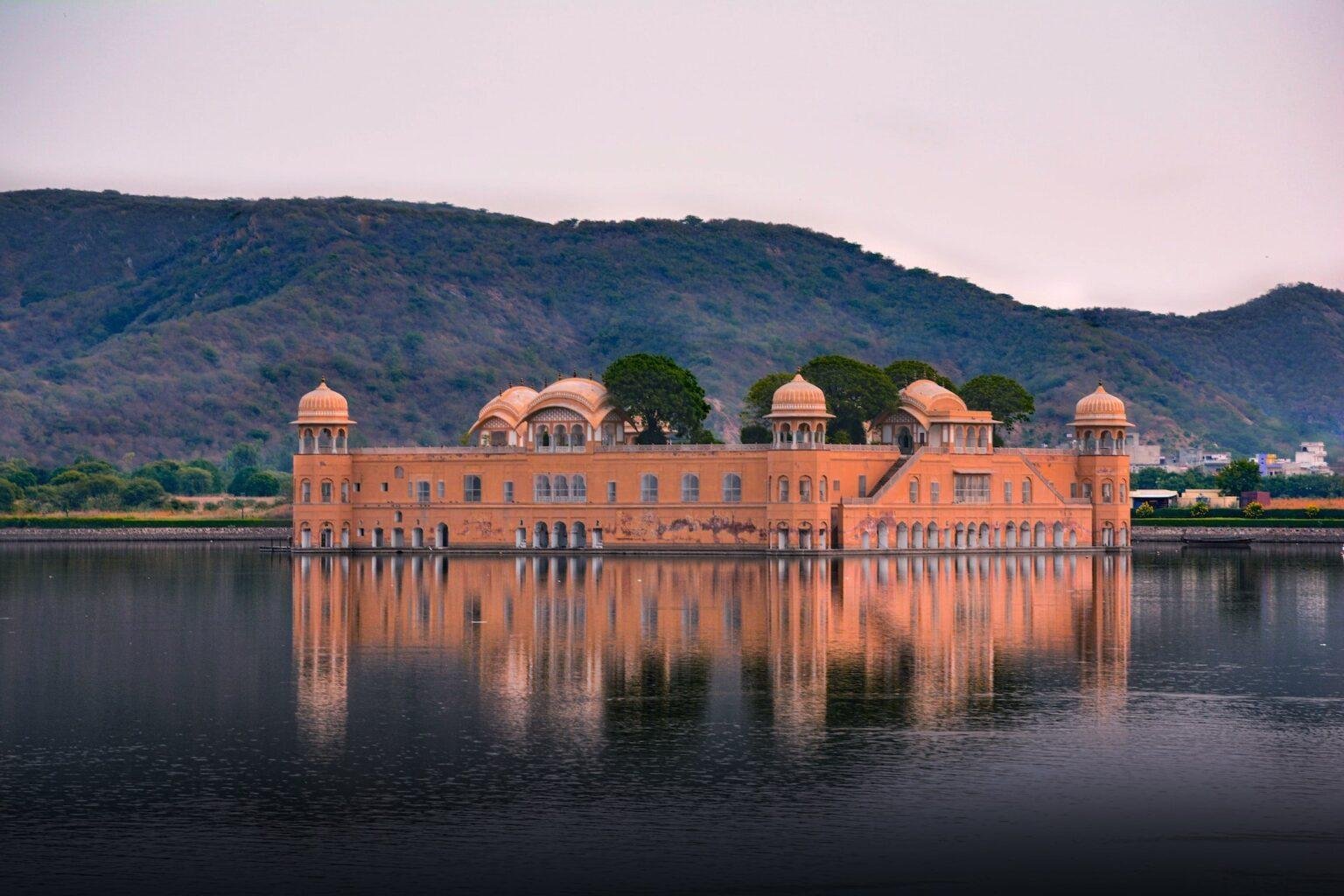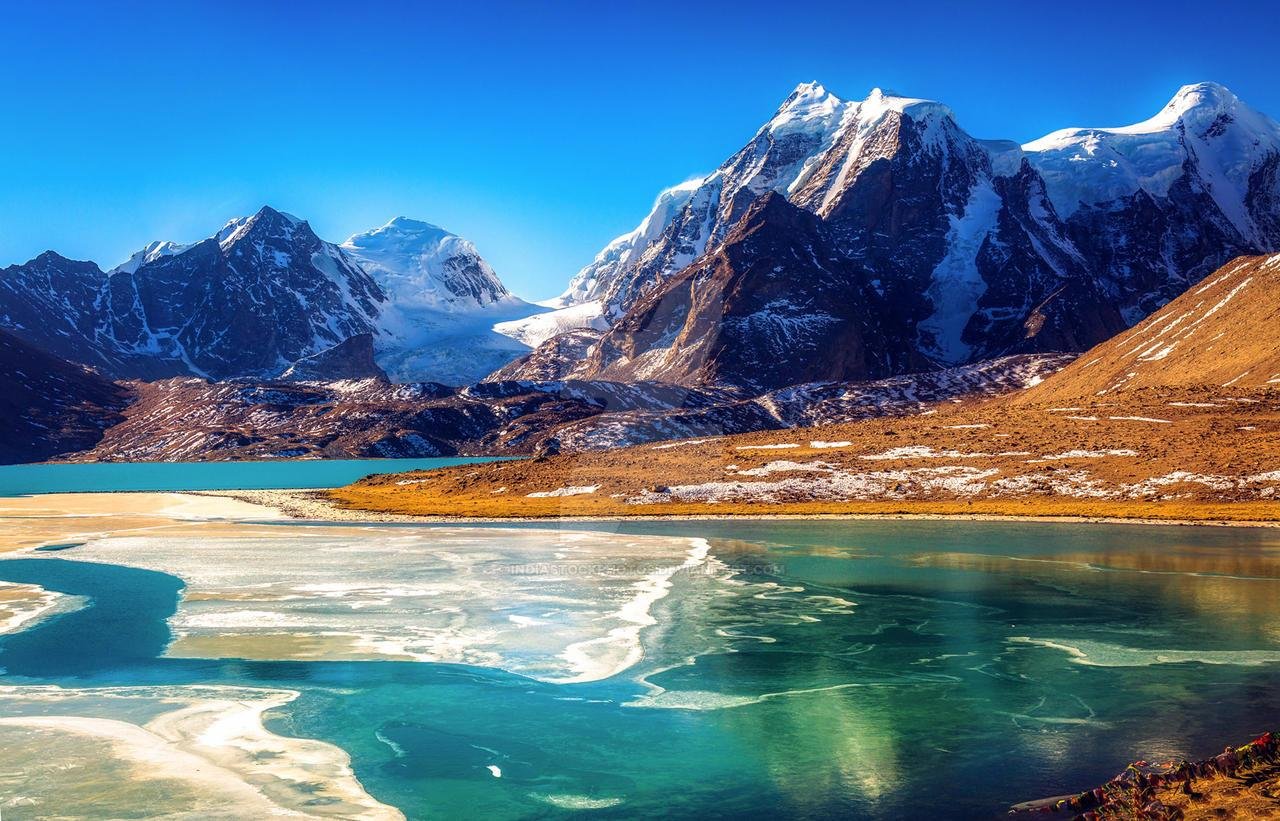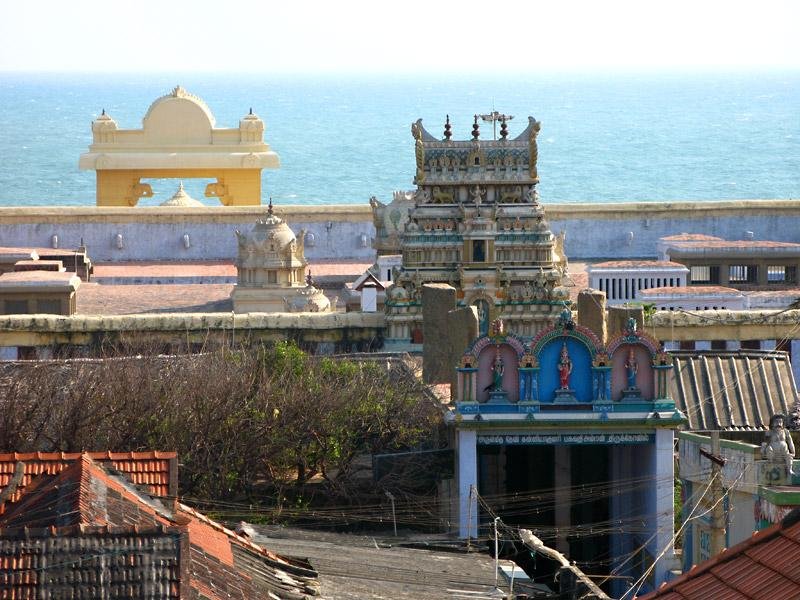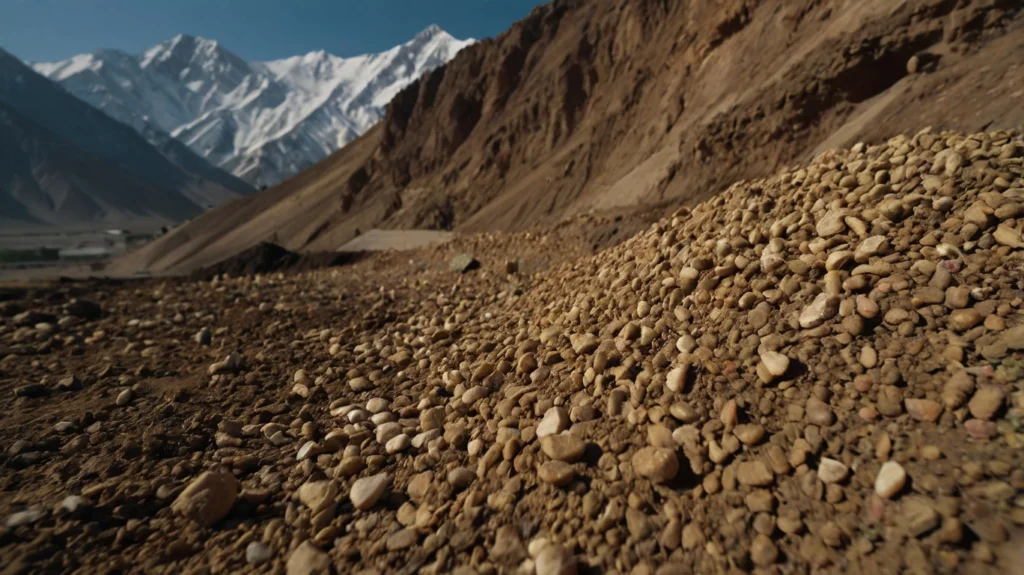Jammu and Kashmir is known for its diverse geology, which has led to the presence of various types of soils and minerals in the region. Here’s an overview of the soils and minerals found in Jammu and Kashmir:
Soils:
- Alluvial Soils: Alluvial soils are found in the river valleys of Jammu and Kashmir, particularly along the banks of the Jhelum, Chenab, and Tawi rivers. These soils are fertile and ideal for agriculture.
- Loamy Soils: Loamy soils are prevalent in the foothills and lower slopes of Jammu and Kashmir. They are a mixture of sand, silt, and clay, offering good drainage and moisture retention properties, making them suitable for cultivation.
- Sandy Soils: Sandy soils are found in the arid and semi-arid regions of Jammu and Kashmir, such as the Leh region of Ladakh. These soils have a high sand content, which results in poor water retention capacity but good aeration.
- Mountain Soils: The mountainous regions of Jammu and Kashmir have mountain soils, which are generally thin and stony due to the rugged terrain. These soils are not very fertile and are mainly found at higher altitudes.
Minerals:
- Coal: Jammu and Kashmir has significant coal reserves, primarily located in the Kashmir Valley. The Baramulla district is known for its coal mines, and the region has both lignite and bituminous coal deposits.
- Limestone: Limestone deposits are found in various parts of Jammu and Kashmir, including the Kathua and Udhampur districts. These limestone deposits are essential for the cement industry.
- Gypsum: The region has gypsum deposits, particularly in the Baramulla and Uri areas. Gypsum is an important mineral used in the manufacturing of cement, plaster of Paris, and fertilizer.
- Bauxite: Bauxite deposits are found in the Poonch district of Jammu and Kashmir. Bauxite is a key ore used in the production of aluminum.
- Sapphire: Jammu and Kashmir is famous for its sapphire mines, particularly in the Paddar region of Kishtwar district. Kashmiri sapphires are known for their deep blue color and are highly valued in the gemstone industry.
- Lignite: Lignite, a low-grade coal, is found in the Kupwara district of Jammu and Kashmir. Lignite is used as a fuel in various industries.
These are just a few examples of the soils and minerals found in Jammu and Kashmir. The region’s geology is diverse, and there may be other mineral deposits and soil types present in different parts of the state as well.
